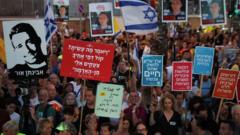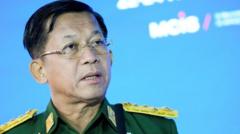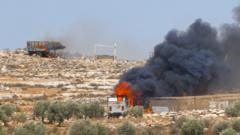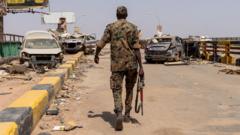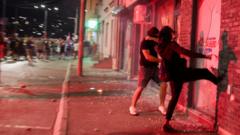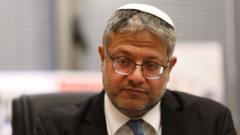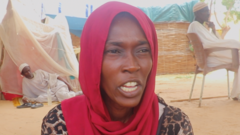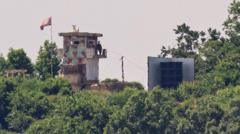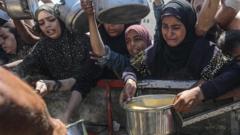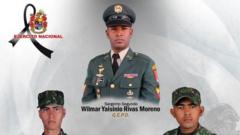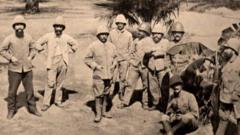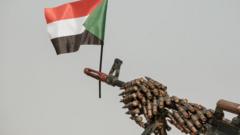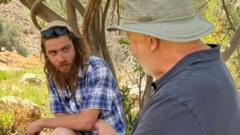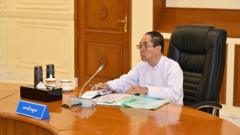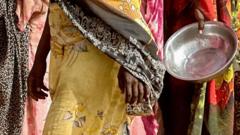The Druze community in Syria faces increased danger and uncertainty following recent sectarian violence and government failures. With a historical reliance on the state for protection, many Druze now worry about their safety as extremist groups threaten their existence, leading to a profound sense of distrust.
Druze Community in Syria Fears Isolation and Violence Amidst Post-War Uncertainty
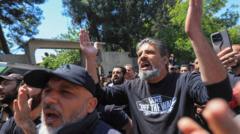
Druze Community in Syria Fears Isolation and Violence Amidst Post-War Uncertainty
As sectarian violence escalates, the Druze community in Syria grapples with trust issues and fears of being left behind in a shifting political landscape.
When gunfire erupted outside her home in Ashrafiyat Sahnaya, suburban Damascus, Lama al-Hassanieh felt panic wash over her. She found sanctuary in her bathroom, locking the door while terror unfolded in the streets below. The sounds of fighters in military attire, armed with machine guns, permeated the air as they shouted threats against Druze, a religious minority that has faced persecution in Syria.
This community, which traces its beliefs to Shia Islam, has historically navigated a precarious existence within Syria’s political framework. Many Druze aligned with former President Bashar al-Assad, believing that this loyalty would safeguard them from sectarian violence that ravaged other regions during the 13-year civil war. When uprisings occurred, several Druze eventually took to the streets, but Assad’s regime treated them differently than other protesting groups, emphasizing the defense of Syria’s minorities against extremism.
However, the loss of this protection has become a harsh reality as Sunni Islamist-led rebels have gained momentum, jeopardizing the unspoken pact that previously afforded the Druze a modicum of safety. Increasingly violent attacks against Druze neighborhoods by Islamist militias, allegedly associated with the Damascus government, have exacerbated distrust towards the state.
In late April, a fabricated audio recording purportedly of a Druze religious leader insulting the Prophet Muhammad ignited sectarian violence. This led to a shocking death toll, with the Syrian Observatory for Human Rights reporting 137 fatalities across several days of clashes arising from the incident.
Amidst this chaos, Damascus University student Lama Zahereddine witnessed violence creep into her life as gunfire and mortars transformed her neighborhood into a battlefield. She described how men armed only with light weapons were left to protect their homes from attackers equipped with heavy artillery.
The impact of the violence reached university campuses, where Druze students faced harassment. One student recounted being stabbed after simply identifying as Druze. "You never know how people really see you," she reflected, casting doubt on those around her.
Efforts by the Druze to form militias for their protection were met with further assaults, with groups targeting their convoys. Injured volunteer Hadi Abou Hassoun expressed his fears about a future dominated by intolerance and sectarianism. "Their ideology is religious," he said, longing for a system anchored in law and order to safeguard all community members.
Despite a governmental narrative promoting the unity of Syria and its diverse populations, the Druze community remains skeptical. Emergent conflicts have severely undermined trust, as many feel abandoned to fend for themselves amid increasing attacks. Even as external actors such as Israel intervene, seeking to protect Druze interests due to their significant presence in the Golan Heights, internal fears persist.
As calm has returned to Ashrafiyat Sahnaya, palpable anxiety lingers among residents. "Trust has been broken. There are people in the town now who don't belong," said Lama al-Hassanieh, voicing the discontent that many Druze feel towards a government that has failed to deliver security or justice. "All we ask for is the same rights - and for those who attacked us to be held accountable."

